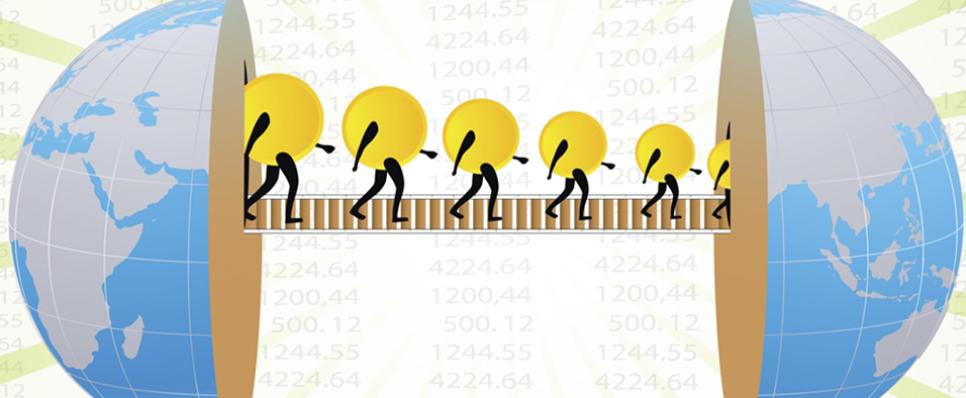Published: 04 Sep 2017
Because of recycling world will never run out of gold

It may seem like gold has been around forever. After all, ancient civilizations like the Aztecs and Egyptians used and produced gold extensively. While it is believed by many researchers that the first gold coin appeared in 550BC, there are records of other gold artifacts dating back as early as 1600 B.C. So the question is - will we ever run out of this precious metal?
Gold is a commodity, and like every other commodity, there is a limited supply of it on our planet. However, in order to answer the question of how long gold can be mined for, we must first understand the economic and environmental limitations of mining gold. You see, gold is one of the rarest elements to be found on earth, making up only 0.3 parts per billion of the earth’s crust. To put that into perspective, imagine you had 10 Billion identical marbles in one place; only 3 of those marbles would be gold.
Mining gold is a very expensive and laborious process. Hence, to be profitable, companies and organizations must look to find the highest concentrations of gold at a given location. Even the cost of labour and other environmental regulations can affect which parts of the world can be mined to ensure profitability.
The reason these problems have not existed in the past is because organizations have been able to find high concetrations of gold quicker than we exhuast our previous mines. However, this is now changing. In the last 500 years, man has extracted close to 173,000 metric tons of gold from the surface of our planet. Close to 50% of this has been extracted in the last 50 years. This exponential increase in production has resulted in us exhausting most of the ‘low-hanging fruit’ when it comes to gold mines. It is taking an ever-increasing amount of effort and resource to find areas with high gold concentrations, enough to make it economically feasible to mine. This doesn't mean we are running out of gold, but simply that we cannot afford to mine it like we have been.
According to Goldman Sachs, we are currently only aware of identified gold mines that can keep up with the current rate of production of gold for the next 18 years (until 2035). While this might seem like a lot of time, gold mines have a notoriously long lead time between discovery and the first day of mining. This is primarily due to the several checks and balances, such as feasibility assessments, compliance, licenses, etc., that need to take place before mining is given the green light.
This process can often take longer than 20 years, so we can be assured that gold will still be around in most of our lifetimes. In the mean time – hold on to those heirlooms!











